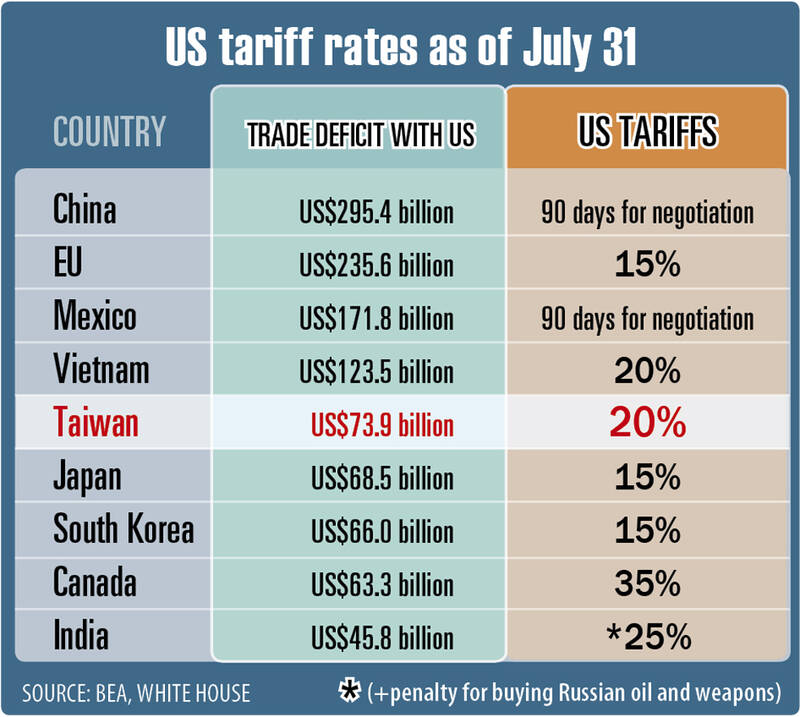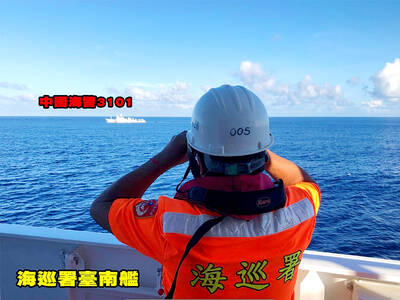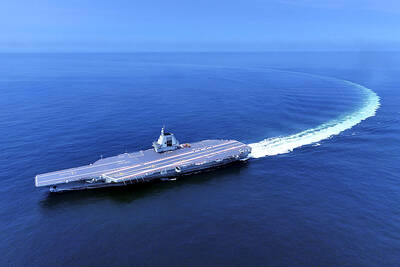The 20 percent tariff the US imposed on Taiwanese exports is “not the worst,” as securing a lower rate would have required Taiwan to pay a steep price, Tunghai University economist Darson Chiu (邱達生) said yesterday.
The tariff was higher than expected and far from ideal, but not the worst outcome, as Taiwan’s negotiating team held firm on its bottom line to avoid paying a much higher price, Chiu said.
Otherwise, Taipei could have reached an agreement with Washington for a 15 percent tariff — on par with Japan and South Korea, which are Taiwan’s direct competitors in the global market, he said.

US President Donald Trump’s “reciprocal” tariffs were first unveiled on April 2 as part of a sweeping package that included a proposed 32 percent duty on Taiwanese goods.
While the government has not disclosed details about its negotiations with the US, Chiu said that if Taiwan had agreed to invest US$400 billion in the US, it would have secured a 15 percent tariff — as the market had anticipated — but that investment would have been nearly 50 percent of Taiwan’s GDP last year and could have undermined the nation’s long-term economic development.
Japan has agreed to invest US$550 billion in the US and open its agricultural market, including rice, to US exporters, while South Korea has pledged a US$350 billion investment.
While a 15 percent tariff would have helped Taiwan maintain its competitive edge against Japan and South Korea, it might have come at a cost elsewhere, he said.
Taiwan would need the Legislative Yuan’s approval for any trade agreement with the US, and building domestic consensus would pose a major challenge for the government, Chiu said.
As Taiwan’s main goals during the tariff talks were to protect national and industrial interests, and ensure food security and public health, Chiu said he believed the government had carefully assessed the situation and chose not to make excessive concessions for now, opting instead to pursue further negotiations in the nation’s interest.
Natixis SA senior economist Gary Ng (吳卓殷) said the rate “is not the best outcome, as it is higher than Asian manufacturing powerhouses.”
“While the impact on Taiwan’s high-end semiconductors may be limited, as there are no alternatives with exemptions in place, other sectors can face greater pressure in exporting to the US due to the tariff gap with competitors,” he said.
Hudson Institute senior fellow Jason Hsu (許毓仁) said that “at face value, it is bad, but strategically, it is manageable.”
“If Taiwan can negotiate a bilateral deal quickly and mitigate the tariffs through concessions, investment and procurement, the scenario could transition from punitive to constructive,” Hsu said.
Meanwhile, a source on condition of anonymity said yesterday that Beijing continued to pressure Washington through back channels during tariff negotiations with Taipei, hoping to learn details of Taiwanese investments.
China does not want to see closer Taiwan-US ties, as that would not be in Beijing’s interests, the source said, adding that any trade negotiations between Taipei and Washington would strengthen Taiwan politically and affect cross-strait relations.
Beijing also does not wish to see Taiwan-US trade talks conclude sooner than US-China trade talks, nor does it wish to see Washington and Taipei use the opportunity to take bilateral commerce to the next level, the source said.
Additional reporting by Su Yung-yao and Bloomberg

The Coast Guard Administration (CGA) yesterday said it had deployed patrol vessels to expel a China Coast Guard ship and a Chinese fishing boat near Pratas Island (Dongsha Island, 東沙群島) in the South China Sea. The China Coast Guard vessel was 28 nautical miles (52km) northeast of Pratas at 6:15am on Thursday, approaching the island’s restricted waters, which extend 24 nautical miles from its shoreline, the CGA’s Dongsha-Nansha Branch said in a statement. The Tainan, a 2,000-tonne cutter, was deployed by the CGA to shadow the Chinese ship, which left the area at 2:39pm on Friday, the statement said. At 6:31pm on Friday,

The Chinese People’s Liberation Army Navy’s (PLAN) third aircraft carrier, the Fujian, would pose a steep challenge to Taiwan’s ability to defend itself against a full-scale invasion, a defense expert said yesterday. Institute of National Defense and Security Research analyst Chieh Chung (揭仲) made the comment hours after the PLAN confirmed the carrier recently passed through the Taiwan Strait to conduct “scientific research tests and training missions” in the South China Sea. China has two carriers in operation — the Liaoning and the Shandong — with the Fujian undergoing sea trials. Although the PLAN needs time to train the Fujian’s air wing and

Taiwanese celebrities Hank Chen (陳漢典) and Lulu Huang (黃路梓茵) announced yesterday that they are planning to marry. Huang announced and posted photos of their engagement to her social media pages yesterday morning, joking that the pair were not just doing marketing for a new show, but “really getting married.” “We’ve decided to spend all of our future happy and hilarious moments together,” she wrote. The announcement, which was later confirmed by the talent agency they share, appeared to come as a surprise even to those around them, with veteran TV host Jacky Wu (吳宗憲) saying he was “totally taken aback” by the news. Huang,

The American Institute in Taiwan (AIT) put Taiwan in danger, Ma Ying-jeou Foundation director Hsiao Hsu-tsen (蕭旭岑) said yesterday, hours after the de facto US embassy said that Beijing had misinterpreted World War II-era documents to isolate Taiwan. The AIT’s comments harmed the Republic of China’s (ROC) national interests and contradicted a part of the “six assurances” stipulating that the US would not change its official position on Taiwan’s sovereignty, Hsiao said. The “six assurances,” which were given by then-US president Ronald Reagan to Taiwan in 1982, say that Washington would not set a date for ending arm sales to Taiwan, consult